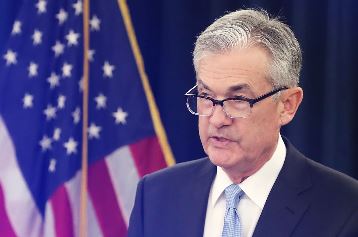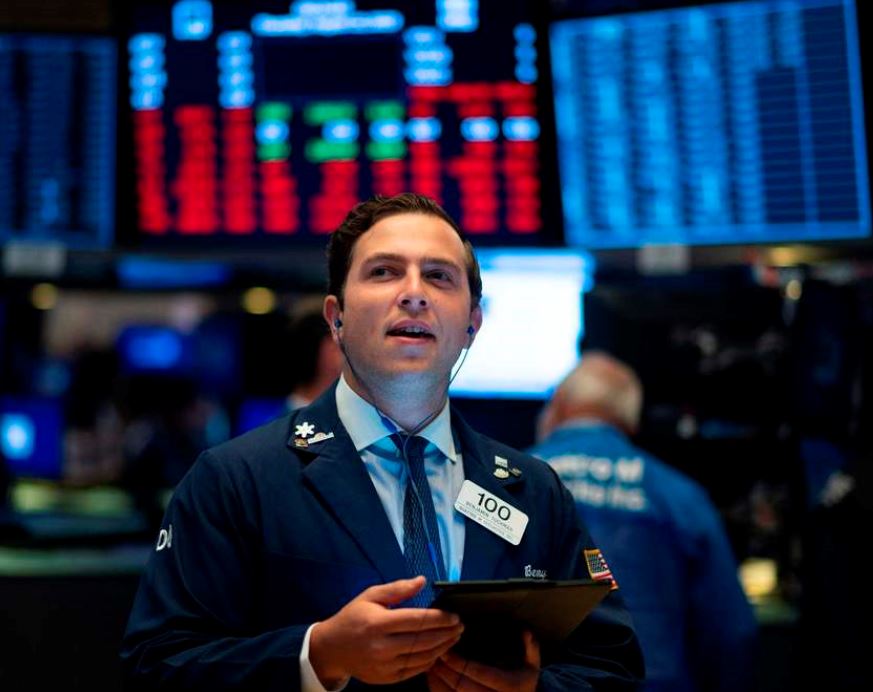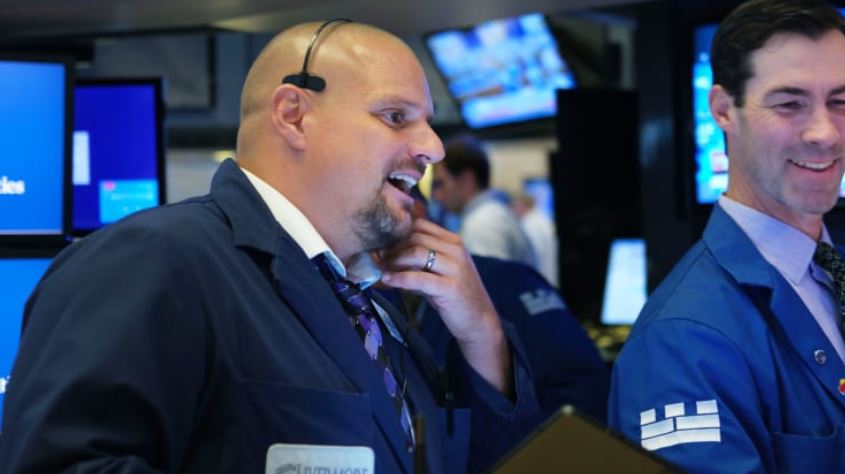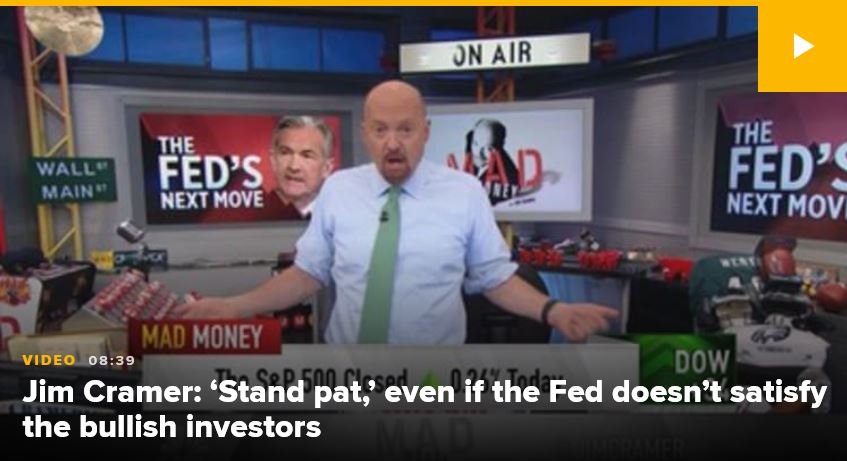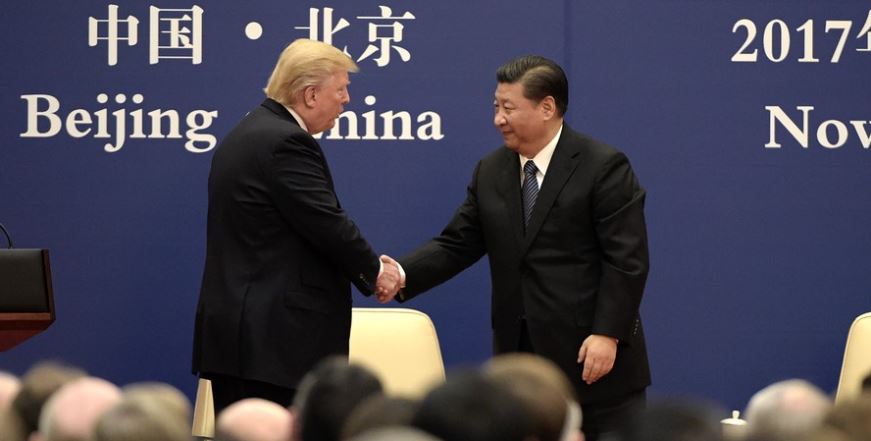What’s in Today’s Report:
- FOMC Preview
- Two Sectors that Will Benefit from the Saudi Oil Attacks
- What the Attacks on Saudi Oil Infrastructure Mean for Oil
Futures are suffering mild losses this morning while international markets were little changed overnight as oil prices are stabilizing, economic data was mixed, and investor focus is shifting to the Fed.
Economically, the German ZEW Survey showed the Current Conditions index fell to –19.9 vs. (E) -15.0 but the Business Expectations figure was encouragingly –22.5 vs. (E) -38.0, easing concerns about the future outlook for the EU economy.
The PBOC left rates unchanged overnight, disappointing some investors looking for a cut after a recent string of soft economic data which weighed on Asian markets.
Looking into today’s session, there are two economic reports to watch: Industrial Production (E: 0.1%) and the Housing Market Index (E: 66) but a sense of “Fed paralysis” is already falling over the markets as focus turns to tomorrow’s announcement and press conference.
Lastly, after oil’s huge moves yesterday, the energy complex will continue to get attention and with the geopolitical situation still very fluid, oil prices and U.S.-Iran tensions could affect trading in stocks today.
